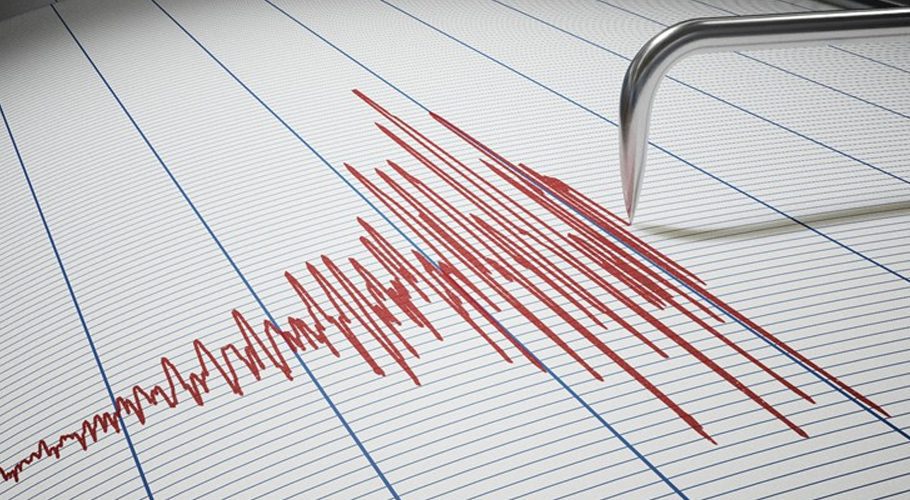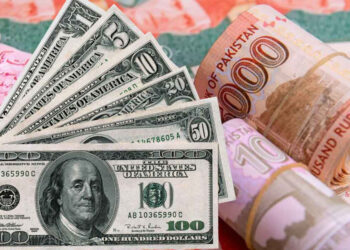Pakistan’s total debt and liabilities skyrocketed to Rs59 trillion due to the imprudent fiscal policies and devastating impact of currency devaluation.
According to the State Bank of Pakistan (SBP), the central government’s total debt (domestic and external) surged by 23 percent during the first 11 months of this fiscal year (FY23).
Overall, the federal government’s total debt stock increased to an all-time high level of Rs 58.962 trillion by the end of May 2023 compared to Rs 47.832 trillion as of June 2022, depicting an increase of Rs 11.13 trillion.
The central government’s borrowings from domestic sources increased over the period under review by 19 percent, or Rs 5.969 trillion, to Rs 37.54 trillion in May 2023 as opposed to Rs 31.085 trillion in June 2022.
Long-term loans totaling Rs 29.48 trillion and short-term borrowing totaling Rs 7.433 trillion made up the majority of the government’s domestic borrowings.
The first eleven months of current fiscal year saw a 31 percent increase in the external debt, or Rs 5.161 trillion, in rupee terms. From Rs 16.747 trillion in June 2022, the entire stock of external debt increased to Rs 21.908 trillion at the end of May 2023.
The massive change in the external debt is mainly due to sharp devaluation of Pak Rupee to the US dollar during this fiscal year. According to the SBP, US dollar, last day Weighted Average Customer Exchange Rates was 204.3784 in June 2022, while it stood at 286.3835 in April 2023.
Although the country has repaid a healthy amount to international lenders during this fiscal year, it is still looking for new avenues for fresh borrowing to avoid default and build the sliding foreign exchange reserves.




































